20 Plastic-Laden Foods You Should Stop Eating Linked To Cancer

Recent research has raised concerns about the presence of plastic-related chemicals in various foods and their potential links to cancer and other health issues. These substances, including microplastics, phthalates, bisphenol A (BPA), and per- and polyfluoroalkyl substances (PFAS), can enter the food chain through packaging, processing, and environmental contamination.
1. Seafood

Imagine savoring a plate of oysters, only to realize they might contain microplastics. Shellfish and crustaceans accumulate these tiny particles from polluted waters, eventually making their way into our meals. The majestic ocean, a source of life, now tainted by human activity.
Pollution’s impact reaches even the deepest seas, affecting marine life and, consequently, our food chain. While seafood lovers cherish the flavors of the sea, it’s crucial to consider the unseen contaminants lurking within.
These microplastics, though invisible to the naked eye, pose potential health risks, making waves in culinary circles.
2. Salt
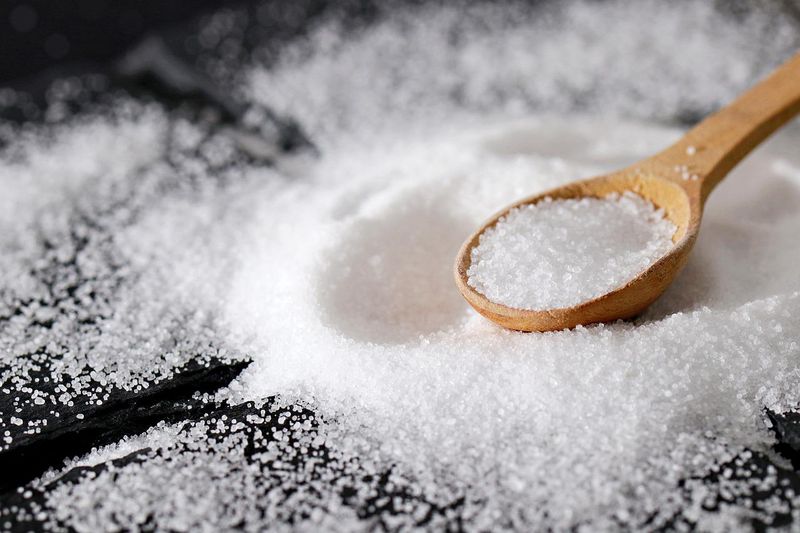
Salt, a staple in kitchens worldwide, isn’t as innocent as it seems. Sea salt, harvested from our oceans, has been found to contain microplastic particles. Ocean pollution, a growing concern, seeps into every grain, turning a kitchen essential into a potential health hazard.
The salt shaker may hold more than just flavor; it could carry the weight of environmental neglect. As we season our meals, we also sprinkle in the remnants of a polluted ocean.
Reducing consumption of contaminated salt might be a small step towards healthier choices.
3. Processed Milk
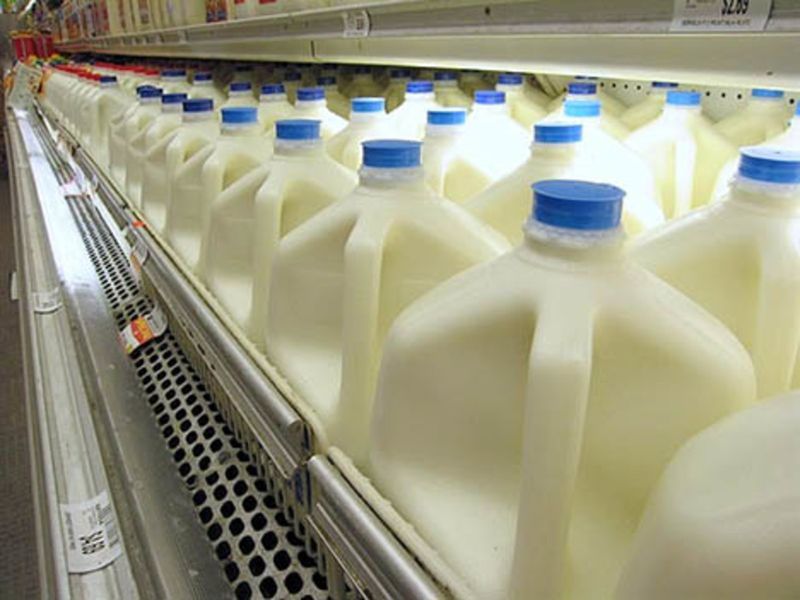
Processed milk, a childhood staple, may harbor unwanted guests: microplastics. These tiny particles could be introduced during processing or packaging, altering the purity of a seemingly wholesome beverage.
Conventional milk, often associated with nourishment, might carry hidden risks in each drop. The journey from cow to carton involves steps where contamination can occur.
Lovers of milk might find comfort in organic or alternative options, striving for a purer form of daily indulgence. Questioning the unseen elements in our favorite drinks isn’t just wise—it’s necessary for well-being.
4. Apples
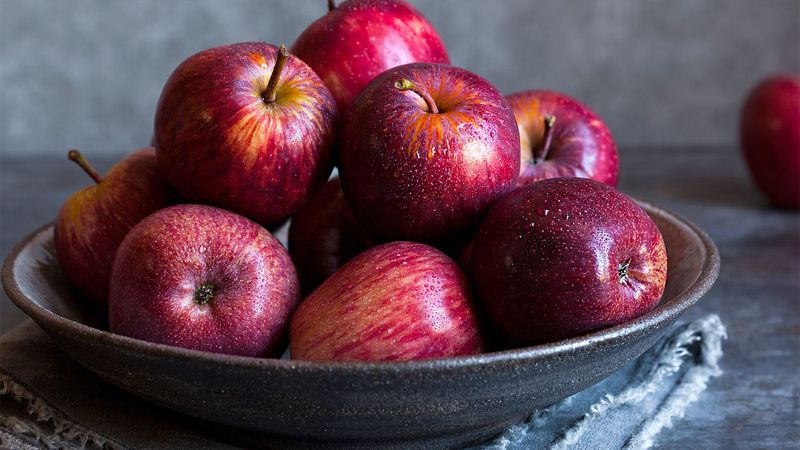
An apple a day may not keep the doctor away if it’s tainted with microplastics. Studies have detected these particles within apples, potentially absorbed from contaminated soil or water.
The forbidden fruit, once a symbol of health, now raises questions about environmental impact on produce. How does a delightful apple become a carrier for plastic?
Understanding the unseen threats in our food invites us to contemplate the journey from farm to table. Seeking organic or locally-sourced fruits might be a way to bite into better choices.
5. Carrots
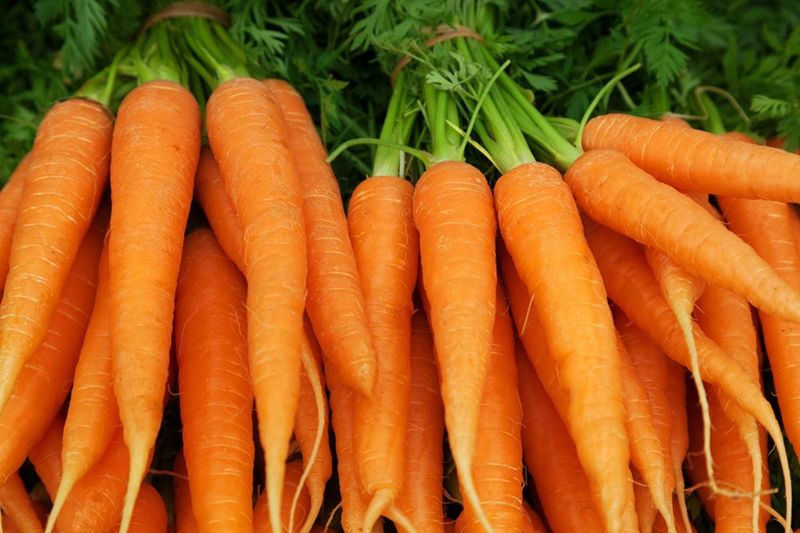
Carrots, vibrant and crunchy, have shown significant microplastic contamination. Like apples, these root vegetables may absorb particles from polluted soil or water, posing a hidden risk to health.
The humble carrot, often a go-to for health-conscious individuals, now harbors invisible threats. Each bite could carry more than just vitamins and fiber.
Exploring organic options or local farmers’ markets might lead to purer produce. Understanding how these tiny particles infiltrate our food can inspire more informed choices.
6. Beer
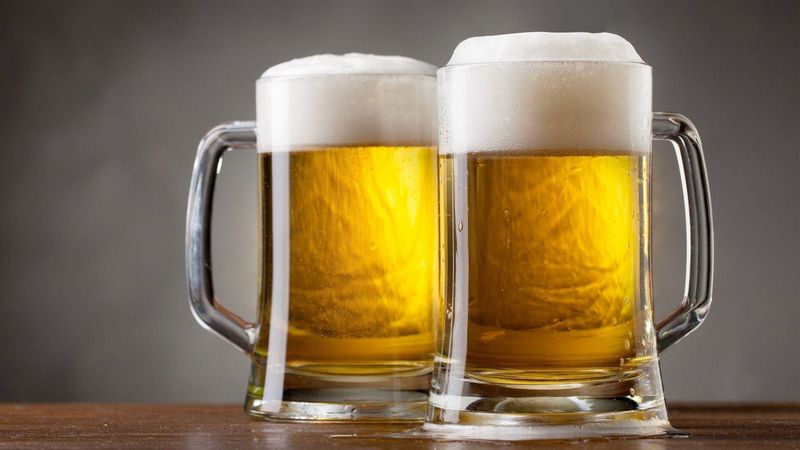
Beer, a favorite beverage around the world, may not be as pure as it seems. Microplastics have been found in various beer brands, potentially introduced during brewing or through contaminated water sources.
For beer enthusiasts, this revelation might brew discomfort, as each sip could carry more than just malty goodness. The process that brings joy to many might also introduce unwelcome plastic particles.
Breweries striving for purity face the challenge of keeping these contaminants at bay, ensuring that every pint is a safe indulgence. Choosing brands that prioritize clean brewing practices may offer peace of mind.
7. Bottled Water
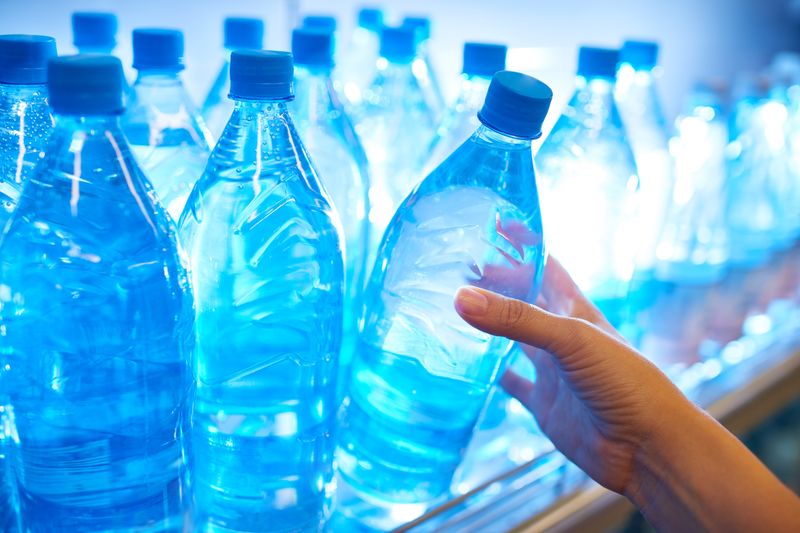
Bottled water, often chosen for convenience and purity, might not be entirely devoid of contaminants. Research shows that plastic bottles can leach microplastics into the water they contain, especially when exposed to heat.
Consumers seeking a pristine hydration source may be surprised to find invisible particles in their drink. The convenience of bottled water comes with unseen consequences.
Exploring alternatives, like reusable bottles with filtered water, might quench thirst without the added plastic burden. Awareness of this issue can lead to more sustainable and health-conscious hydration habits.
8. Fast Food Items
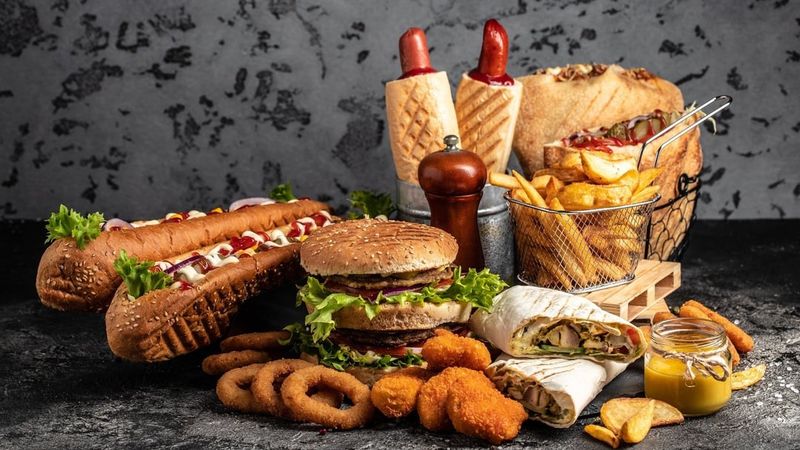
Fast food, a quick fix for hunger, might come with hidden additives: phthalates. These chemicals, used to make plastics more flexible, have been detected in fast food items, likely from packaging or food handling equipment.
The convenience of fast food might mask the potential health risks lurking in every bite. The enticing aroma could carry more than flavor—it might include plasticizers affecting well-being.
Choosing freshly prepared meals or exploring healthier fast food alternatives can reduce exposure to these chemicals, offering a cleaner, more mindful dining experience.
9. Canned Foods
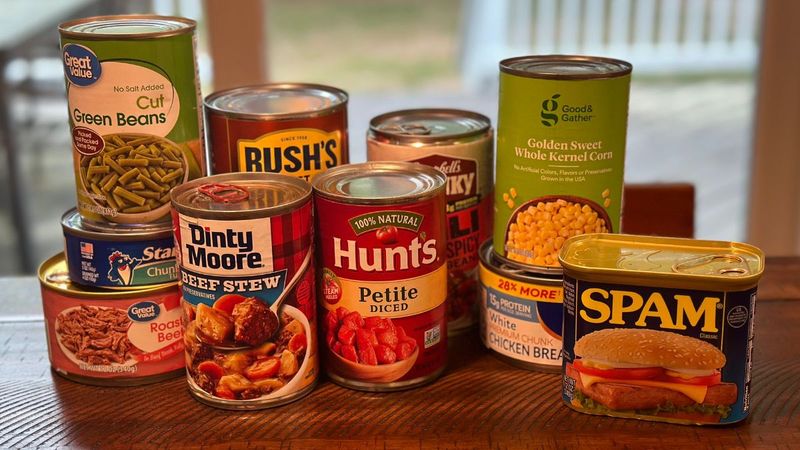
Canned foods, a pantry staple for many, may carry a hidden risk: BPA. This chemical, used in the linings of some cans, has been linked to cancer and other health issues.
Convenience meets caution as consumers weigh the benefits of long-lasting storage against potential health implications. The familiar sound of a can opener might signal more than just a quick meal.
Seeking BPA-free labeled products or fresh alternatives can minimize exposure to this chemical, making meals safer and more enjoyable. Awareness is key in navigating food choices wisely.
10. Microwave-in-a-Bag Vegetables

Microwave-in-a-bag vegetables offer ease but may include unintended ingredients: plasticizers. DEHA and ATBC, chemicals used to make plastics flexible, can leach into food during heating.
The convenience of steaming vegetables quickly becomes a concern when considering these potential contaminants. The simplicity of a microwave meal might mask the complexity of chemical exposure.
Opting for fresh or traditionally steamed vegetables can reduce this risk, keeping meals free from unwanted additives. Understanding the trade-offs in convenience can guide healthier eating habits.
11. Baby Food
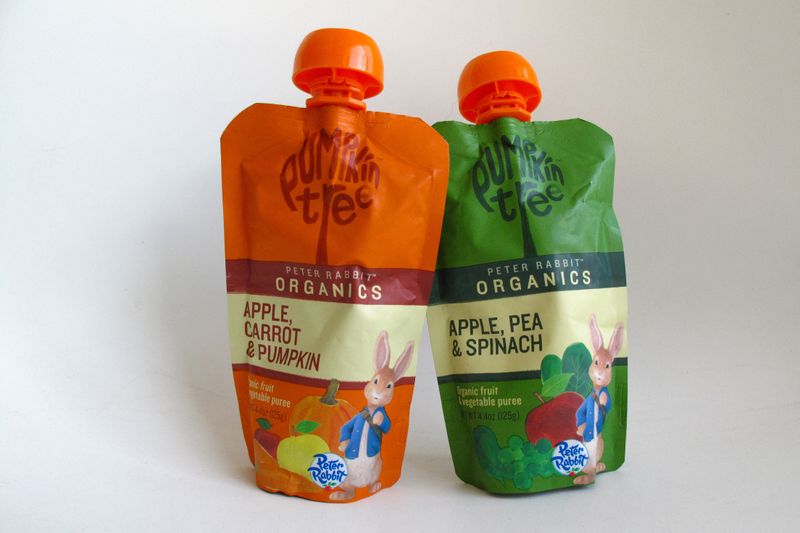
Baby food, trusted for nourishing the youngest among us, has raised alarms with plastic additives. Studies have detected these substances in baby food, posing concerns about exposure during critical developmental periods.
Parents naturally seek the best for their children, yet the unseen presence of plastic disrupts this instinct. Each spoonful might carry more than nutrition.
Exploring organic or homemade options could offer peace of mind, ensuring the purity of every bite. Awareness leads to informed choices, safeguarding the well-being of future generations.
12. Meats

Meats, a staple in many diets, might harbor hidden plasticizers. These chemicals, possibly introduced during processing or packaging, pose a potential risk to health.
The allure of a juicy steak might overshadow concerns about unseen additives. Every cut may carry more than just flavor—an unnoticed layer of risk.
Considering organic or locally sourced meats could reduce exposure to these contaminants, offering a cleaner culinary experience. Understanding the journey from farm to table highlights the importance of mindful consumption.
13. Vegetables Packaged in Plastic
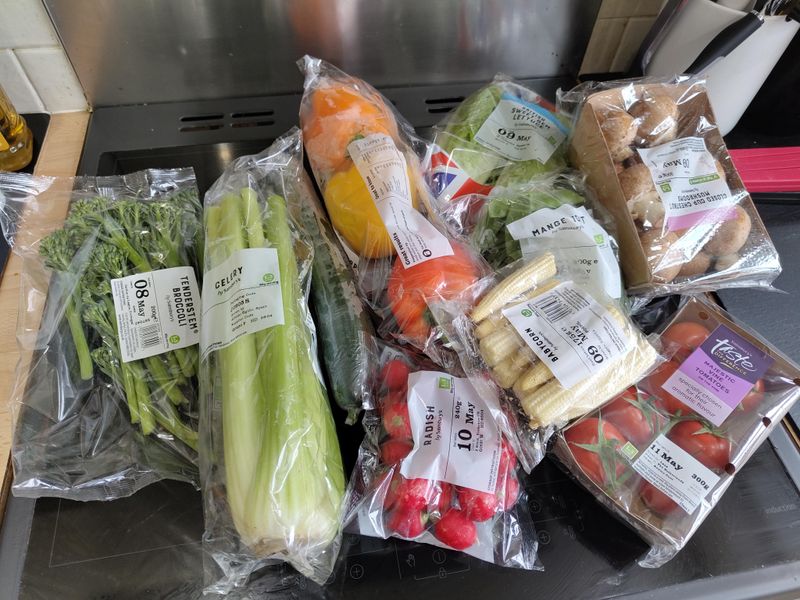
Plastic packaging, while preserving freshness, can leach chemicals into vegetables, especially when heated. This convenience might come with a hidden cost to health.
The vibrant colors of packaged produce could conceal a layer of plastic-related chemicals. Each meal prepared from these might include more than just nutrients.
Opting for loose or minimally packaged vegetables can minimize exposure, enhancing the purity of every dish. Awareness of packaging choices empowers consumers to prioritize health over convenience.
14. Tea Bags

Tea, a comforting ritual, may carry more than warmth and aroma. Some tea bags, made with plastic materials, can release microplastics when steeped in hot water.
The soothing nature of tea might be overshadowed by the presence of these tiny, unseen particles. A daily habit becomes a potential source of contamination.
Exploring loose leaf tea or brands with biodegradable bags can ensure a purer brew, free from plastic interference. Each cup then becomes not just a comfort but a conscious choice for health.
15. Rice
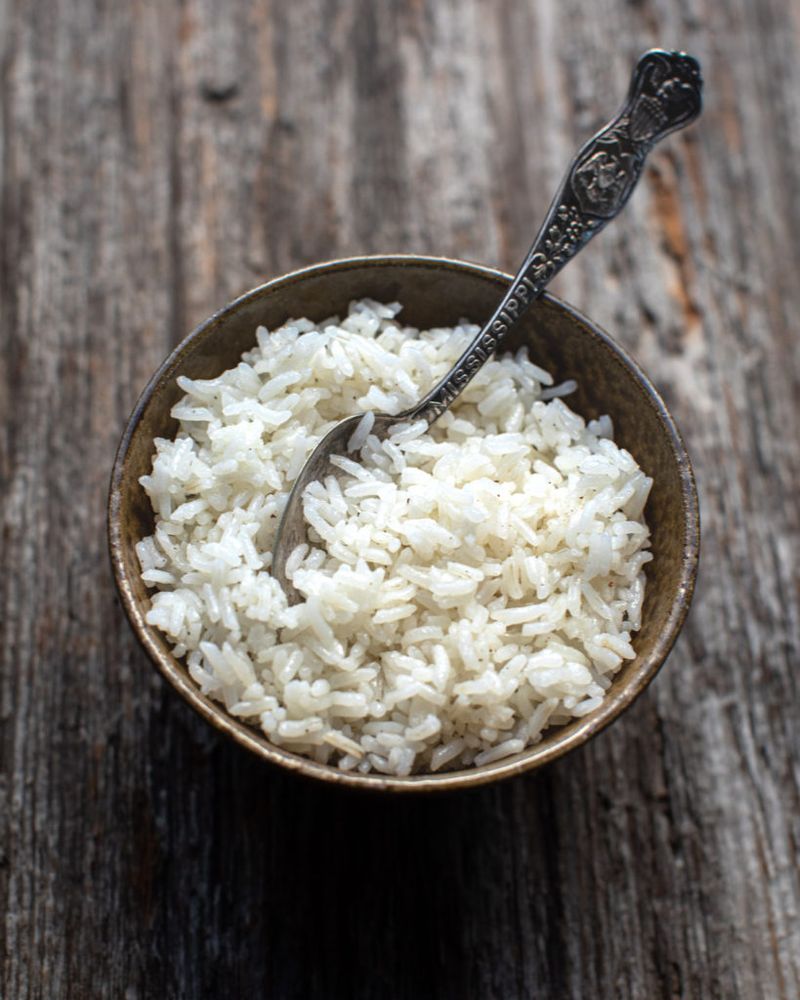
Rice, a global dietary staple, has been found to contain microplastics. Washing rice before cooking can reduce but not eliminate these contaminants, posing a subtle risk.
The simplicity of this grain is accompanied by complex contamination issues that challenge its purity. Each mouthful might carry more than sustenance—an invisible burden.
Seeking sources with rigorous quality checks or alternative grains could minimize exposure, ensuring meals remain wholesome. Understanding these silent threats aligns choices with health priorities.
16. Shake Shack Cheeseburger
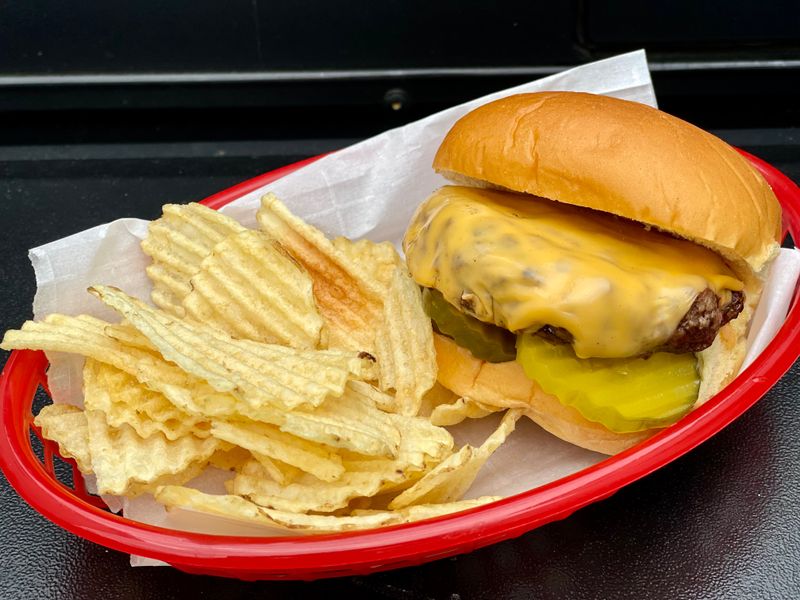
Fast food favorites like the Shake Shack Cheeseburger have been scrutinized for plastic contamination. Testing revealed significant levels of these unwanted particles, raising concerns.
The delightful taste of a cheeseburger might mask a hidden health risk. Each bite could carry more than savory satisfaction—a potential plastic burden.
Opting for homemade burgers or brands committed to reducing contaminants can offer peace of mind. Understanding the implications of fast food choices enhances awareness and safety.
17. Sweetgreen Chicken Pesto Parm Salad

Sweetgreen’s Chicken Pesto Parm Salad, popular among health enthusiasts, has been identified as containing significant plastic contaminants. This finding challenges the perception of salads as a healthy choice.
The fresh appearance of greens might hide a layer of microplastic particles, altering the essence of a wholesome meal.
Exploring homemade salads or eateries with strict quality checks can ensure purity. Awareness of potential contaminants in seemingly healthy options enhances informed dining decisions.
18. Oysters
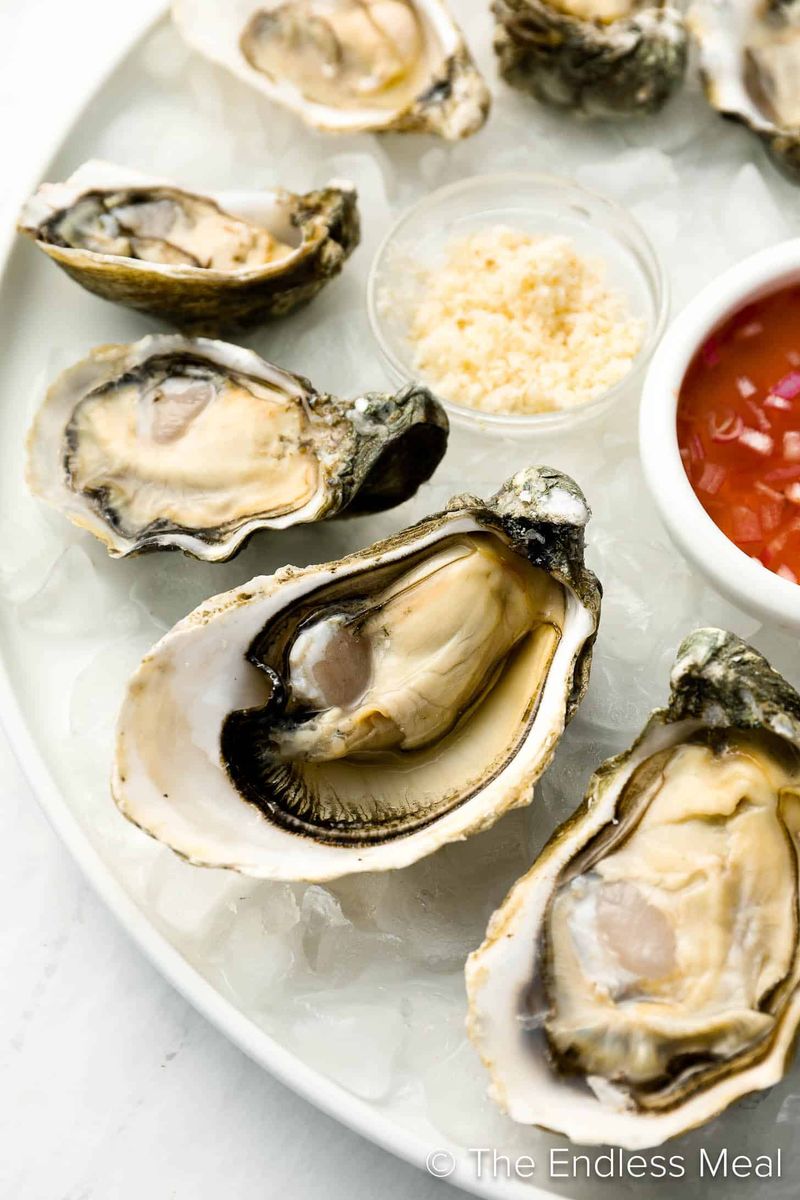
Oysters, a delicacy from the sea, may harbor hidden dangers: microplastics and fiberglass. Studies have found high levels of these contaminants within, raising health concerns.
The allure of fresh oysters might overshadow the reality of pollution affecting marine life. Each slurp could include more than oceanic flavors—an unseen risk.
Choosing suppliers with rigorous testing or exploring alternative seafood options can minimize exposure. Understanding the complexity of ocean contamination informs safer seafood choices.
19. Mussels

Mussels, like oysters, face the challenge of microplastic and fiberglass contamination. These filter-feeders, cherished for their taste, may accumulate pollutants from the ocean.
The tender texture of mussels might disguise the presence of these tiny contaminants. Enjoyment of seafood transforms when considering environmental impacts.
Selecting sources with stringent quality measures or diversifying seafood choices can reduce risk. Awareness of the broader ecological context enhances decision-making at the dinner table.
20. Ultra-Processed Foods
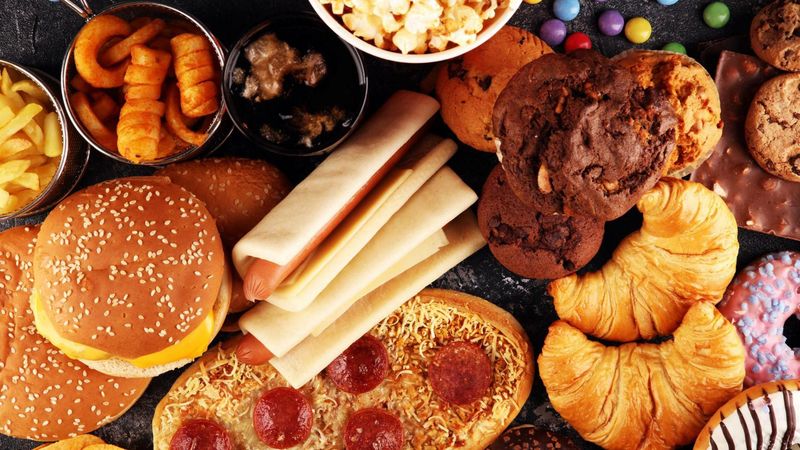
Ultra-processed foods, convenient and widely consumed, often contain plastic-related chemicals. These additives, along with packaging materials, introduce potential health hazards.
The allure of quick meals might overshadow the presence of unseen risks. Each package could carry more than convenience—a chemical threat.
Exploring whole foods or minimally processed options can reduce exposure, aligning diet with health goals. Recognizing the hidden elements in everyday foods empowers informed choices.
